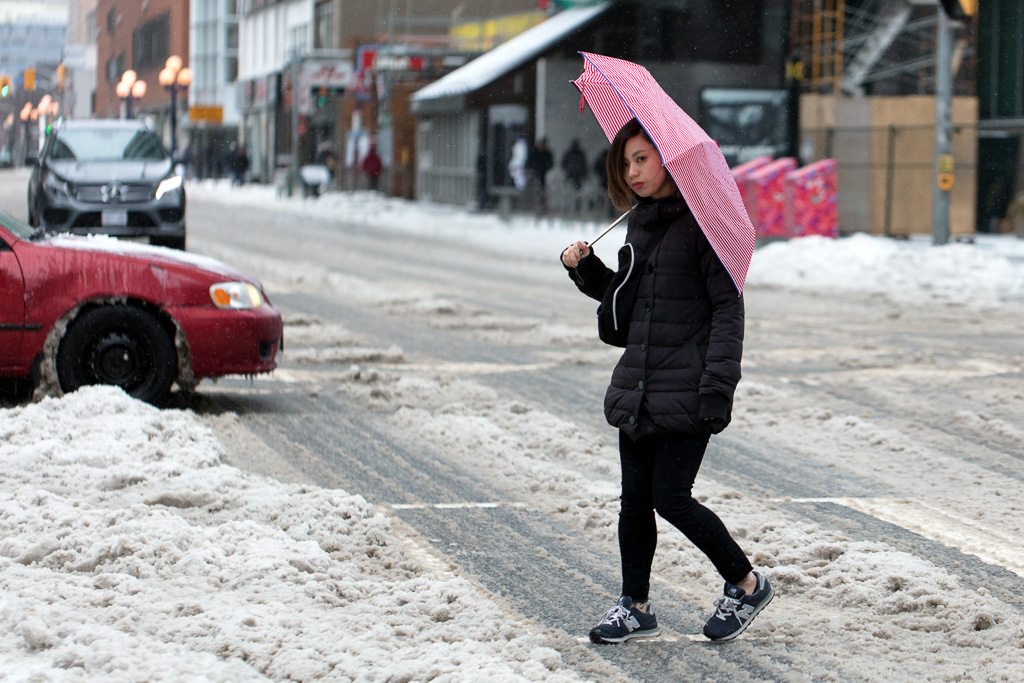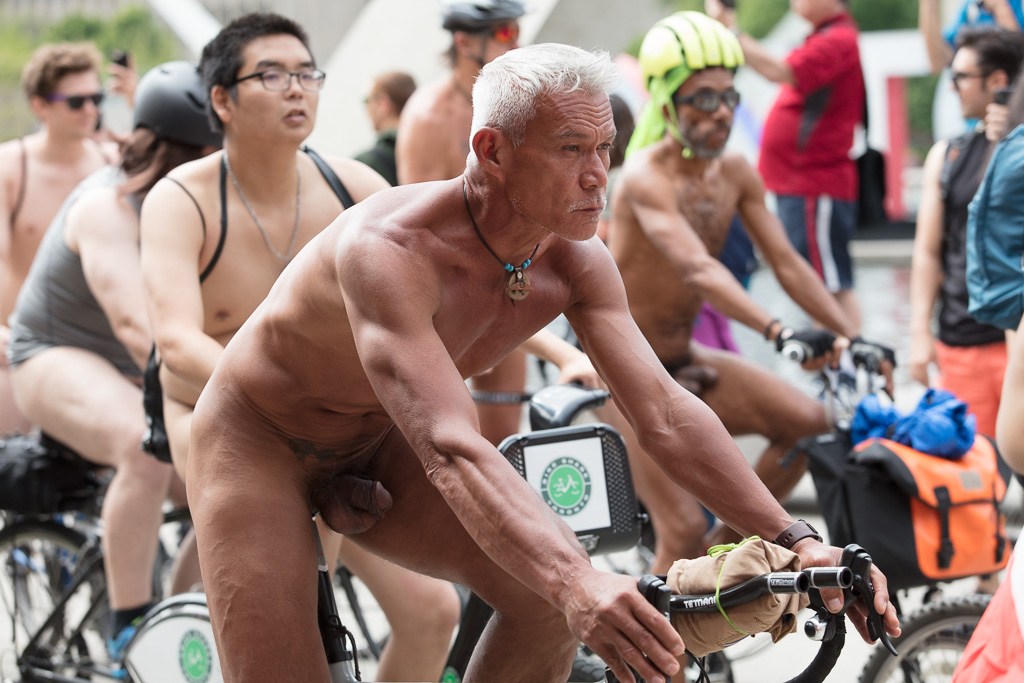I’ve noticed something paradoxical about snow storms. Although people like to complain when a snow storm rolls through, if they’re actually out in it, most people I observe tend to be happier and friendlier. I find that strangers are more inclined to start up spontaneous conversations with me and, as illustrated by the photograph shown here, they tend to be more expressive.
According to an article in Vice, there may be psychological research that supports my observation. However, in reading the article, I find it doesn’t say anything explicitly about snow storms. So, for example, it mentions the positive feelings generated by the white noise effect of rainfall. But despite their colour, snow storms don’t produce white noise. Unless accompanied by howling winds, snow storms produce the opposite of white noise, more a muffling effect that creates a sense of intimacy.
Maybe it’s like a mild version of a shared trauma that, for a brief time, invites strangers into a connection based on their experience. Or, to put a more positive spin on it, maybe it’s like a mild version of a local sports team victory. In my hometown, the most recent victory was the Raptors NBA Championship in 2019 when millions of people crowded into the downtown core and shared their joy. That’s what a snow storm is like. For whatever reason, people find joy in it.


















